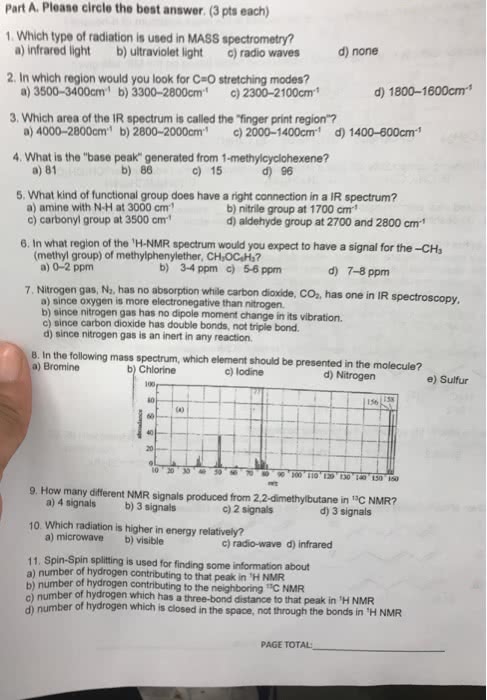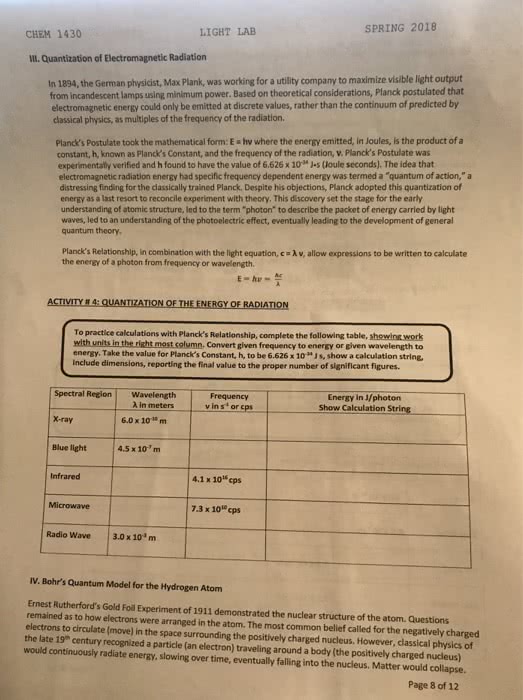CHM247H1 : NMR and IR.pdf
112 views21 pages
Document Summary
Identification of organic compounds: nmr and ir spectroscopy. Both nmr (nuclear magnetic resonance) and ir (infrared) spectroscopy rely on electromagnetic radiation. Ir spectroscopy; stretching and bending energies of bonds in specific functional groups. Use detectors to figure out wavelengths ( ), what the absorbance of those wavelengths are, etc. Electromagnetic radiation acts as both a particle and a wave; propagates as a wave in discrete quantities of energy (quanta: as a particle, one unit is a photon. A photon contains a discrete amount of energy, called a quantum: as a wave, characteristic length ( ; measured crest-to-crest or trough-to-trough) and frequency ( ; reported in cycles per second, s-1, also called hertz, hz) Frequency = how many waves will pass a given point per second. Both the wavelength and frequency ( and ) of a wave tell us its energy. E = h = hc( c = 3. 0x108m/s (speed of light: h = planck"s constant, 1. 58x10-34cal s or 6. 626x10-34j s.
Get access
Grade+20% off
$8 USD/m$10 USD/m
Billed $96 USD annually

Homework Help
Study Guides
Textbook Solutions
Class Notes
Textbook Notes
Booster Class
40 Verified Answers



